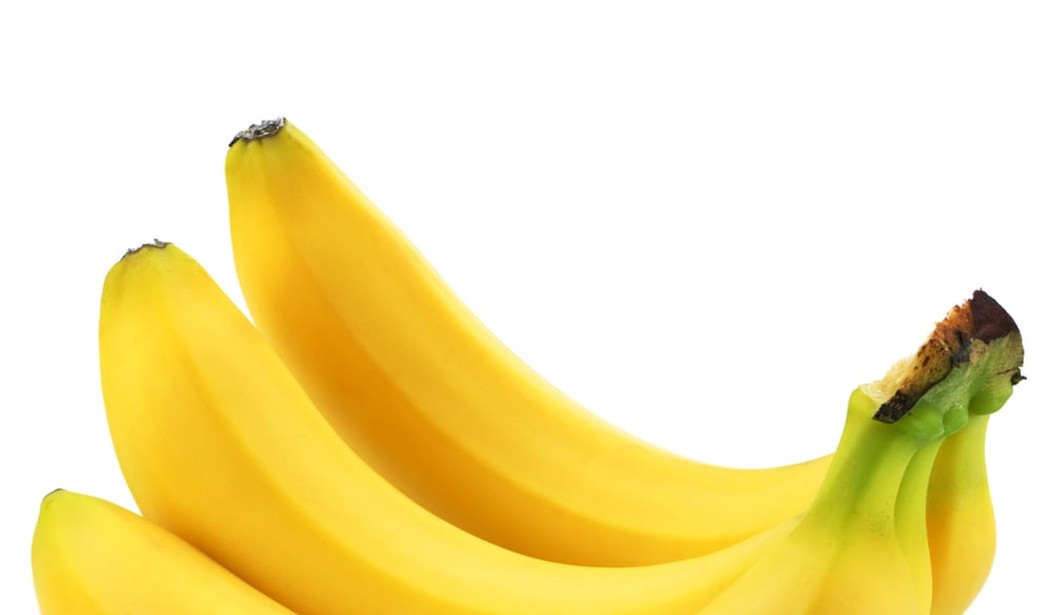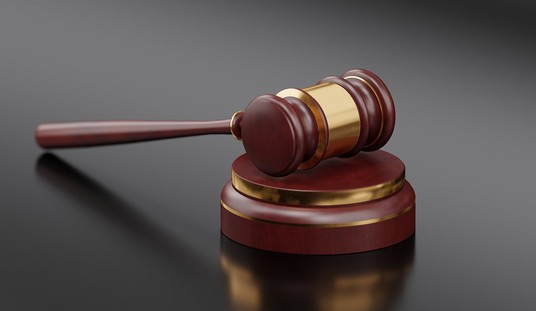Another day, another radiation panic. Actually, let’s look at a couple of them.
The first one comes from The Telegraph:
Radioactive wild boar roaming the forests of Germany
Tests by the state government of Saxony show that more than one in three wild boars gave off such high levels of radiation, thought to be a legacy of Chernobyl, that they were unfit for human consumption.
To be fair, this one only has a little hint of the “Chernobyl is destroying the world” attitude. A more exciting one is “It’s Finally Here: Radioactive Plume From Fukushima Makes Landfall on America’s West Coast” from environews.tv. Here’s the breathless conclusion from that article:
The samples from the Oregon coast measured around 0.3 becquerels per cubic meter for cesium 134. Researchers in both the US and Canada said the recently detected radiation levels were extremely low and pose “no risk to humans or the environment.” Sadly, NBC, the New York Post, USA Today, and even The Inquisitr amongst others, took the bait and reported the same thing.
Long-time readers know that very useful measures of both radioactivity and radiation dose rates are the Banana Equivalent Dose (BED), and a similar measure I think I invented (because no one else ever bothered) called the Banana Equivalent Radioactivity (BER). (The units here are explained in my old article “Understanding Radiation.”)
Bananas are useful for these measures because bananas concentrate potassium, and a certain amount of that potassium is ⁴⁰K, which is naturally radioactive. (There are a lot of plant-based foods that concentrate potassium. It is, however, an essential rule of humor that bananas are the funniest fruit.) The superscript “40” there is the atomic number, or the number of protons in the nucleus, of that particular potassium (symbol K) isotope. Because of that potassium content, bananas are mildly radioactive: a medium banana at around 150g emits about 1 micro-Sievert per hour (1 µSv/hr) and contains about 15 Becquerel (15 Bq) of radioactive material.
(Correction: yes, yes, I got that wrong. the 40 there is the mass number, the number of protons and neutrons in the nucleus. Stable potassium is 38K, 40K has a couple extra neutrons.)
Our radioactive boars are considered unfit at 600 Bq per kilogram. So, a tiny bit of arithmetic [(1000 g/kg)/150 g/banana × 15 Bq/banana] gives us 100 Bq/kg for bananas. All right, so this boar meat has 6 times as much radioactivity as a banana. Personally, this wouldn’t worry me.
So let’s turn to the radioactivity detected off the Oregon coast. This is 0.3 Bq per cubic meter. Conveniently — the joys of metric — one cubic meter of water is one metric tonne is 1000 liters is 1000 kilograms, so the radiation content here is .0003 Bq/kg.
15/0.0003 is 50,000. So, bananas have 50,000 times more radiation than the seawater being reported.
The truth is, neither of these stories ought to be particularly scary — but the word “radiation” gets involved, and reporters start to panic.
People would be much better served if reporters knew how to compare radiation to bananas — instead of going bananas when they read about radiation.










Join the conversation as a VIP Member